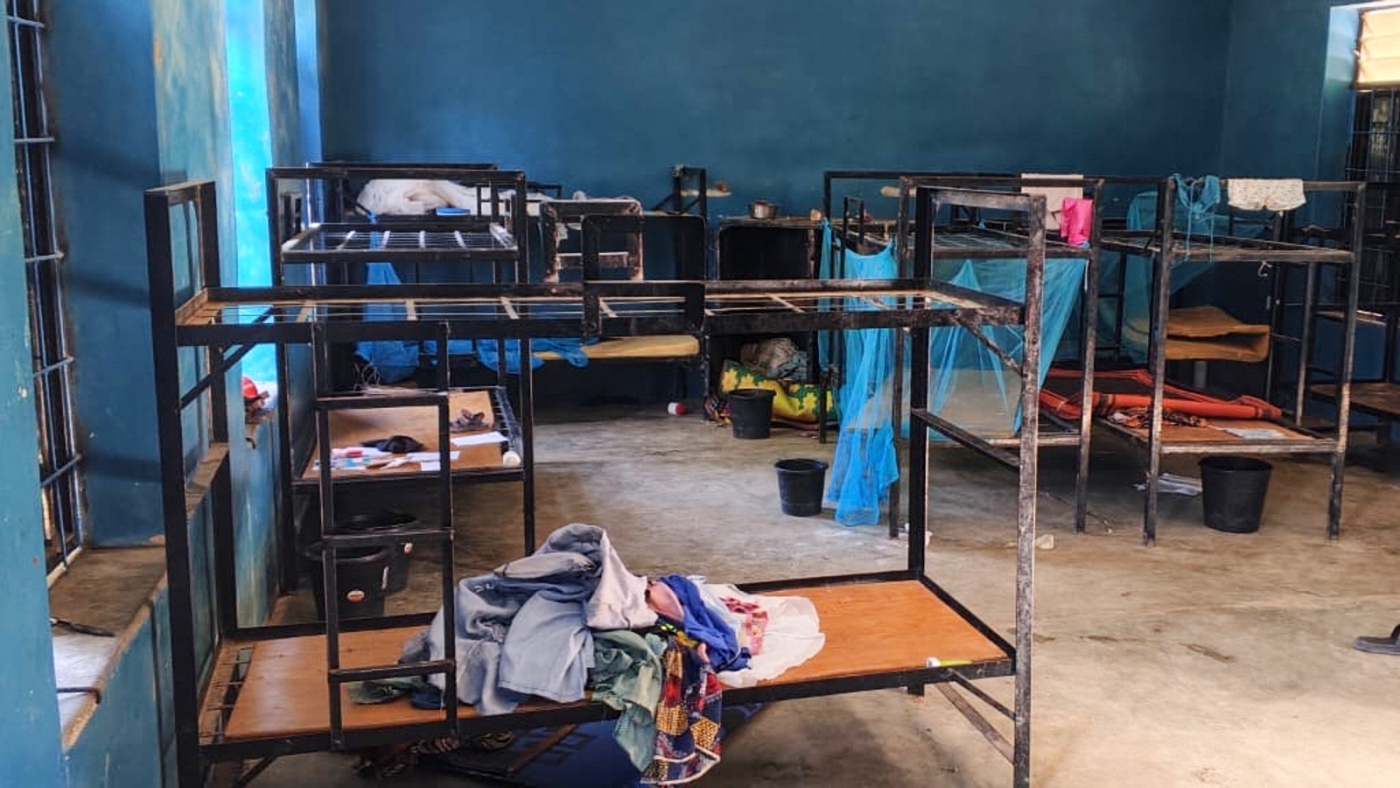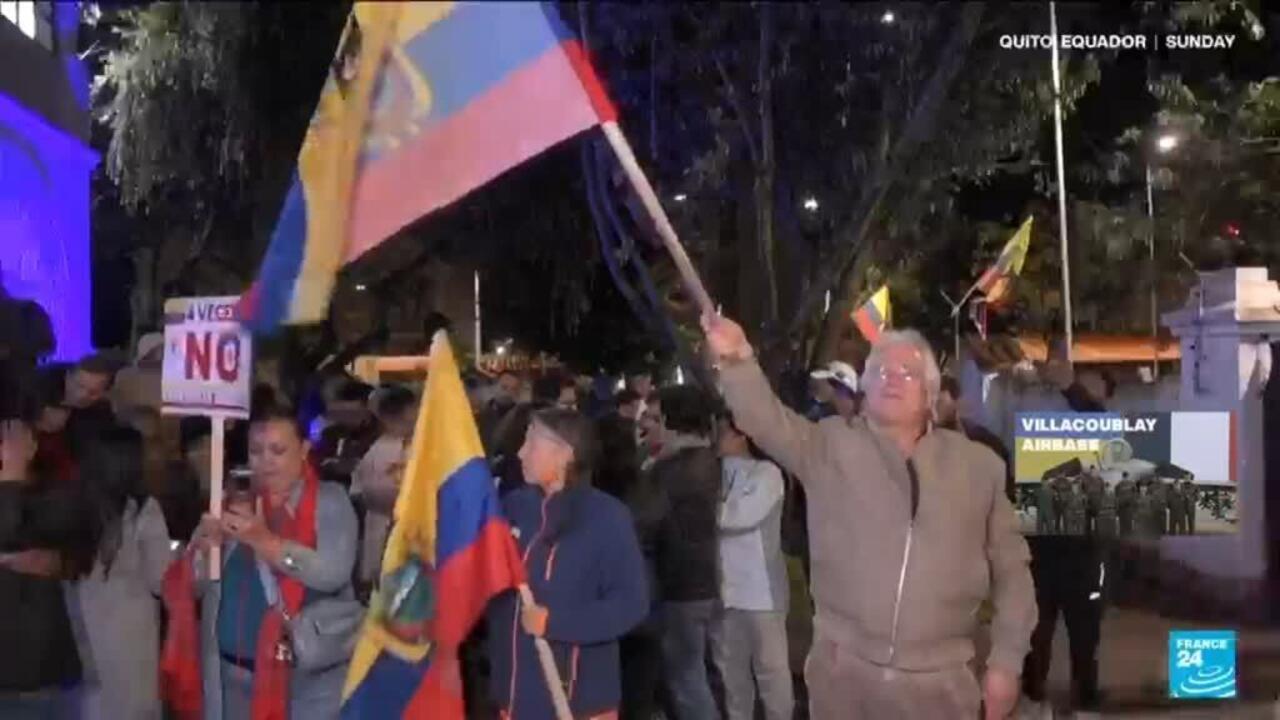Confusion and ambiguity are dangerous in nuclear brinksmanship. President Donald Trump spread both on Wednesday when he posted on Truth Social an error-filled and unclear order for the U.S. to “immediately” resume nuclear weapons tests. Trump’s message was sent just before his meeting with Chinese President Xi Jinping in Busan, South Korea.
Here's what we know about Trump's post, and the current state of nuclear weapons testing.
What did Trump post?
Trump wrote that he had instructed the Department of War to start testing nuclear weapons “on an equal basis” with China and Russia. But those instructions may have been sent to the wrong department. The underground U.S. facility for nuclear bomb testing in Nevada is run by the Department of Energy. The U.S. has not tested a nuclear detonation there since 1992.
Experts reading Trump’s post wondered if Trump had actually meant to instruct the Pentagon to begin testing nuclear-propelled missiles, similar to those Russia recently claimed to be testing. Those missiles rely on small nuclear reactors in their engines. They’ve been referred to as “flying Chernobyls” because of the radiation danger they pose. The U.S. considered and rejected adding such weapons to its arsenal decades ago, experts say.
When asked to clarify what type of nuclear testing Trump was intending to start, a White House official referred TIME back to Trump’s Truth Social post.
“These pronouncements have mistakes and inaccuracies embedded in them. You don’t want to do that with nuclear weapons. It’s not something to mess around with,” said Lovely Umayam, an expert on nuclear weapons and fellow at the Stimson Center, a foreign affairs-focused think tank, as well as the founder of Bombshelltoe Policy and Arts Collective. “It was a bit alarming and confounding.”
If Trump was talking about restarting nuclear warhead testing, then “we are talking about entering into a much more dangerous world,” says Reid Pauly, an expert on nuclear security policy at Brown University. If the U.S. started testing nuclear bombs, he adds, other states would likely resume explosive testing as well.
The U.S. has already tested atomic weapons over 1,000 times, Pauly says, so other countries have more to gain from testing than the U.S. Even though Trump's post was unclear, Pauly says it seems likely that Trump was talking about testing ways to deliver nuclear weapons, and not testing nuclear detonations themselves. “My assumption is he was talking about testing delivery vehicles given that he instructed the Department of War and this is coming in the context of some media coverage about the Russian testing some delivery vehicles,” Pauly says. “This is a high stakes and important issue over which they should be clear.”
Did Trump’s post get anything wrong?
Along with possibly muddying his message, Trump also got some basic facts wrong. Trump falsely wrote that the U.S has the most nuclear weapons in the world and that he added to the arsenal during his first term. That’s not true. According to tallies kept by the Federation of American Scientists, Russia has hundreds more nuclear warheads than the U.S.
The U.S. has 3,708 warheads stockpiled, according to tallies from 2023 published by FAS in the Bulletin of the Atomic Scientists. Russia has 4,489 warheads. Experts believe both countries have more than enough nuclear weapons to assure each other’s destruction. Such deterrence from total annihilation only works when countries act predictably.
According to the federation's tallies, China has 410 warheads, France has 290, the U.K. has 225, Pakistan has 170, India has 164, and North Korea has 30. Israel, according to the tally, has 90, though it has not publicly acknowledged its nuclear stockpile.
When did the U.S. stop testing nuclear weapons?
Trump’s post sent shockwaves through the nuclear disarmament community who were concerned that it signaled an end to more than three decades of the U.S. not testing any nuclear weapons. The most recent U.S. test was in 1992 at an underground Department of Energy test facility in Nevada. President George H.W. Bush put in place a moratorium on nuclear detonations after that test, and the U.S. signed on to the international Comprehensive Nuclear Test Ban Treaty four years later. The Senate never ratified the treaty, but the U.S. has essentially abided by most of its terms.
That treaty set up an international body for detecting nuclear tests. North Korea is the only nation that has detonated nuclear weapons since 1998. China and Russia have both recently worked on updating their nuclear test sites in recent years. The U.S. uses complex computer simulations to test its nuclear arsenal.
What has been the Trump Administration’s position on nuclear weapons?
The current head of the National Nuclear Security Administration is Brandon Williams, a former congressman who served as a strategic missile officer aboard a nuclear-powered submarine during his time in the Navy. The NNSA is responsible for modernizing the U.S. nuclear arsenal and resuming the production of new warheads. During testimony before a congressional committee in April, Williams, who was appointed by Trump, said he would advise against resuming explosive nuclear tests.
The U.S and Russia worked together in the 1980s and 1990s to reduce their large nuclear stockpiles that had built up during the Cold War. The last remaining arms control treaty between the U.S. and Russia, called New Start, is set to expire next year.
Trump was asked by a reporter aboard Air Force One while flying back to Washington from Asia on Thursday if he thought the world was entering a more risky nuclear environment. Trump said he didn’t think so. "I think we have it pretty well locked up," Trump said. "But I see them testing. I say, well, they're going to test, I guess we have to test." Trump added that he’d like to see a “de-nuclearization” and that would be a “tremendous thing.” He said his Administration has been talking to Russia about that topic and he wants to add China to those talks as well.
When were the first tests of nuclear weapons conducted?
The U.S. was the first country in the world to test a nuclear bomb and is the only country to ever use an atomic weapon when it dropped bombs on the Japanese cities of Hiroshima and Nagasaki in 1945. At least 100,000 people were killed directly by the two bombs and a minimum of another 100,000 people died from radiation exposure in the years that followed, according to the U.S. National Archives.
Ahead of those strikes, the U.S. tested nuclear weapons in New Mexico, Nevada, Alaska, Colorado and the Marshall Islands in the Pacific Ocean. Many of those tests led to generations of illnesses from radiation exposure and the long-term poisoning of drinking water and fisheries.











 English (US) ·
English (US) ·